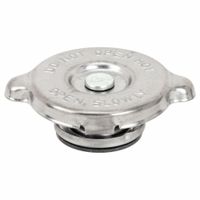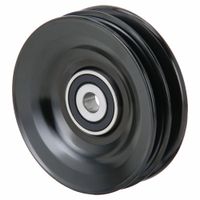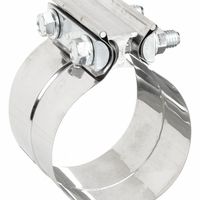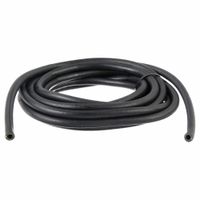- Home
- Fleet Vehicle Maintenance
- Vehicle Engine Radiator Exhaust Maintenance
Vehicle Engine, Radiator & Exhaust Maintenance
Vehicle engine, radiator, and exhaust maintenance products help keep fleet vehicles running. Vehicle engine maintenance products repair and replace worn parts in the engine assembly. Vehicle exhaust maintenance products support and repair emission systems. Vehicle A/C and radiator maintenance produc .....Read More
Frequently Asked Questions
What is the importance of regular electrical system maintenance for fleet vehicles?
How does maintaining the electrical system prolong the life of vehicle batteries?
What role do spark plugs play in vehicle electrical systems?
How can battery power and charging equipment benefit fleet vehicles?
What are the signs of a failing vehicle battery?
How often should fleet vehicle electrical systems be inspected?
What are the common issues with vehicle wiring and how can they be prevented?
How does proper maintenance of charging equipment impact vehicle performance?
What are the best practices for jump-starting vehicle batteries?
How can regular maintenance prevent electrical system failures in fleet vehicles?



